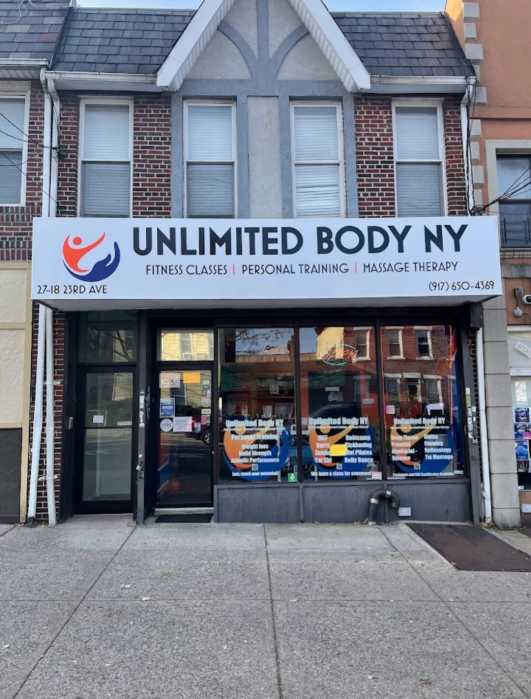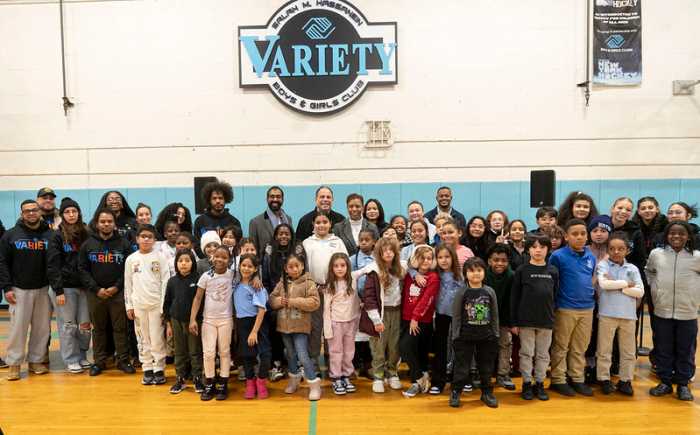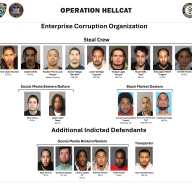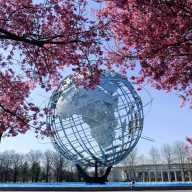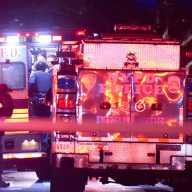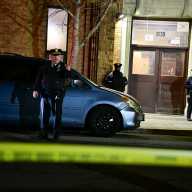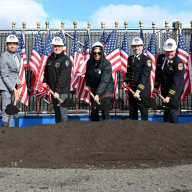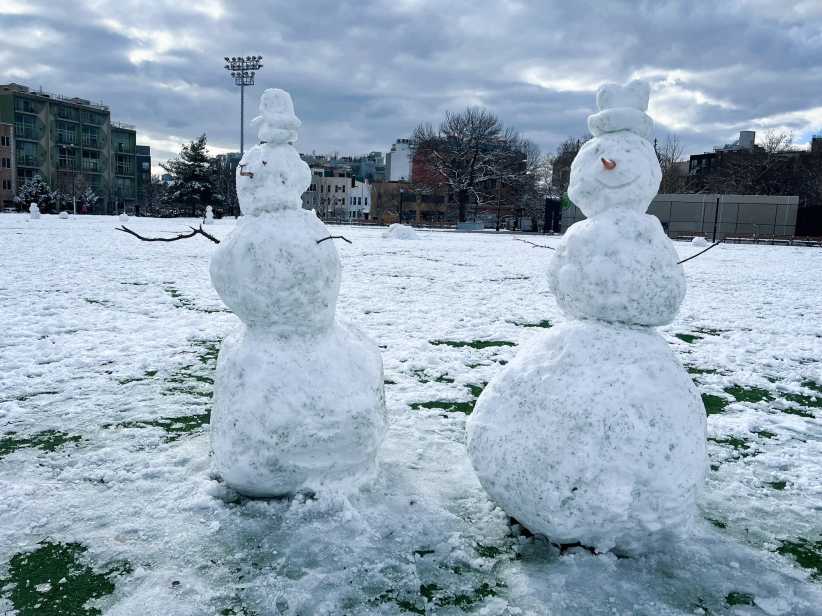During the next few weeks, The Queens Courier will be spotlighting different communities exclusively on its web site, examining the different elements of the neighborhoods including schools, business, transportation, crime, housing, recreation, entertainment and nightlife.
Each day, reporters will travel to the area and speak with residents, merchants and visitors about the neighborhood. The reporters will blog about the different aspects of the community at qns.com with different entries updated every day.
The Queens Courier invites community members to use this as a platform to voice their compliments, concerns and questions about their neighborhood. Post a comment at the end of each blog entry or email story ideas or tips to editorial@queenscourier.com
ASTORIA
To kick off the coverage, The Queens Courier is featuring Astoria – a western Queens community that is a hotbed for young professionals who don’t want to pay the exorbitant rent prices in Manhattan, but want a vibrant neighborhood just minutes away from the city.
Located on the northwest tip of Queens, Astoria juts into the East River to the north and west and is bordered by Long Island City to the south and Sunnyside to the east. The Robert F. Kennedy (RFK) Bridge, formerly known as the Triborough, connects Astoria with the Bronx, Manhattan and Randall’s Island. The Grand Central Parkway (GCP) connects the neighborhood with the rest of the borough.
EDUCATION
Today, the StreetWise blog is focusing on education in Astoria. Astoria is home to more than a dozen schools, both public and private, including several Catholic schools and Greek Orthodox schools. Astoria has schools at educational levels ranging from elementary to junior high to high school. We visited several schools in the neighborhood, and spoke with parents and teachers near the schools.
P.S. 17: Henry David Thoreau School
Located at 28-37 29th Street, this elementary school serves students from pre-kindergarten through fifth grade and includes a large population of Hispanic students. Rosa Soto, a 31-year-old waitress from Astoria, has a son in fourth grade at the school. She said the school is pretty good, but some improvements could be made. “Maybe better programs in the afternoon, after-school programs,” Soto said. “They [students] go to Boy Scouts, but sometimes they don’t learn anything, they just play. And maybe school in the summer, and the school should teach more things – talk to the kids, [tell them] they have to respect, say good morning when they come in to school.”
I.S. 235: Academy For New Americans
Located at 30-14 30th Street, this junior high school serves students in grades six, seven and eight. The school specializes in helping newly arrived immigrant students and their families adjust. The curriculum includes support services, emphasis on English language proficiency and a focus on familiarity with American culture.
Basem Aiad, 36, a paraprofessional at the school who came from Egypt and now lives in Middle Village, said teachers in the school make a good team, working together and helping each other, and that most of the parents like the school.
As for improvements, Aiad said, “Don’t cut the budgets – when you cut the budgets, there are less teachers and less help.”
P.S. 234
Located at 30-15 29th Street, this elementary school serves students from pre-kindergarten through fifth grade. The mission statement on the New York City Department of Education portal for the school states, “The premise with which we will work is, ‘a school is four walls with tomorrow inside.’”
A teacher at the school, who did not wish to be named, said P.S. 234 is “a phenomenal school, with great leadership.”
The teacher also said that extending mayoral control of the public schools would be detrimental. “I think it’s awful; it’s the worst thing that could ever happen to New York, because they don’t have enough educational liaisons on the board to know about the curriculum. They [Mayor Bloomberg and Chancellor Joel Klein] treated it [the educational system] like a business, but children aren’t data, and they can’t be treated that way.”


